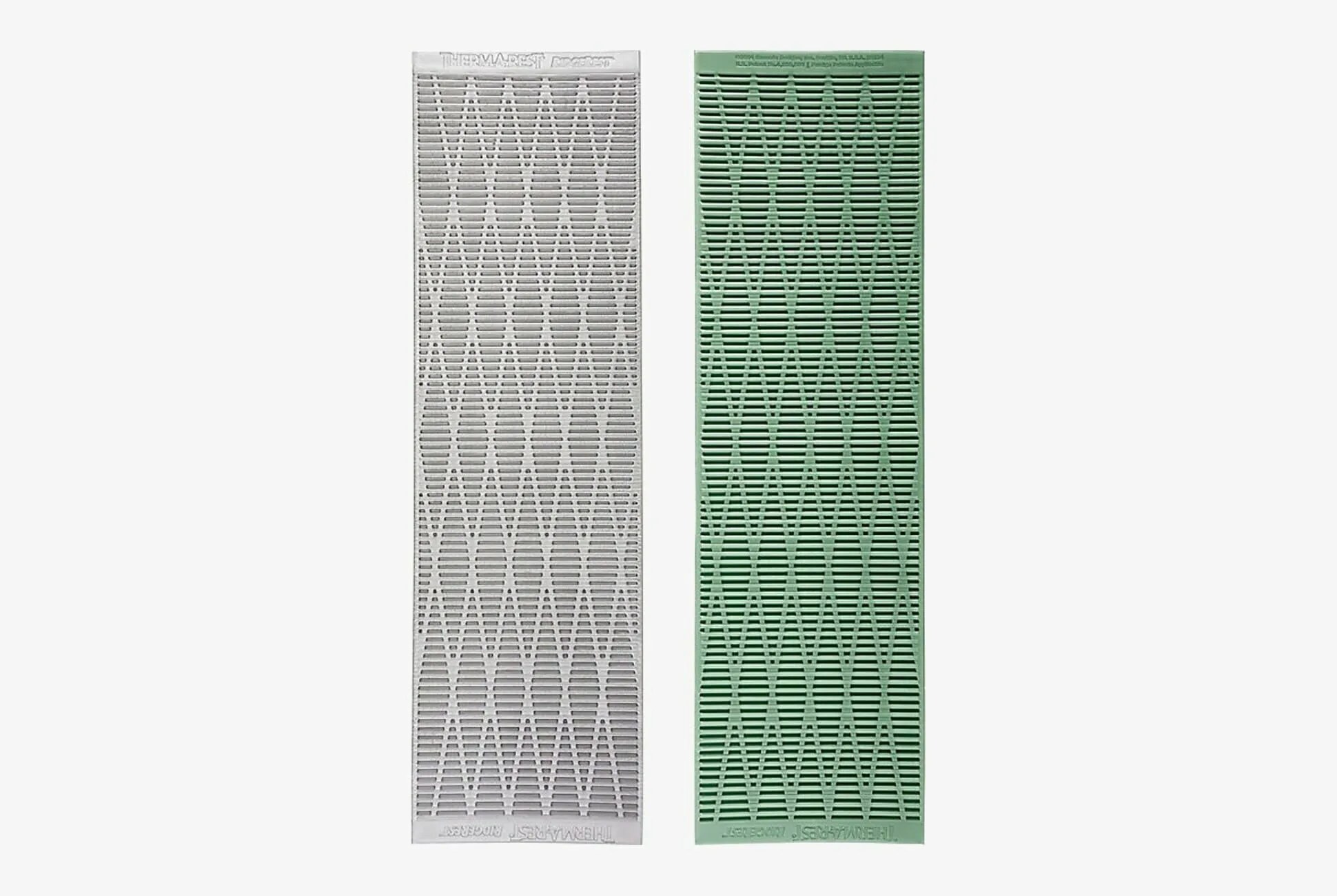There are three main types of sleeping pad: air pads, self-inflating pads and closed-cell pads. Air pads, which are like packable, miniaturized versions of the full-sized inflatable beds you might buy to accommodate guests in your home, have quickly become popular because they’re the lightest and the most comfortable option. But closed-cell sleeping pads — the old school type made of foam that look like ridged yoga mats — shouldn’t be disregarded, and here’s why.
The main reason to opt for a closed-cell pad over an air mattress is durability. These pads will never puncture, and you’ll never wake up in the middle of the night to find that a tiny, indiscernible hole has brought you down to the cold ground. In this same vein, closed-cell pads are weatherproof. This is why you’ll often see long distance thru-hikers with these pads strapped to the outside of their backpacks — during multi-day treks through remote terrain a deflated sleeping pad isn’t an option. (Foam pads also make for handy seats when picnic tables aren’t available.)
Closed-cell pads gain that durability without adding too much additional weight, and they’re plenty warm also (they’re ideal for winter camping). What’s the downside then? They’re bulky, and not as comfortable as air pads. In the end, choosing the right sleeping pad will depend on the type of trip you’re setting out on, but there is one more factor to consider: price. Closed-cell pads are far and away the cheapest available — even the best of them can cost as little as $40, but there are great options available for even less.
Like Therm-a-Rest’s Ridge Rest SOLite, which is currently down 40 percent from its original price of $30 to $18 at Mountain Steals. Enter the code CYBER20 at checkout, and you can knock another 20 percent off that and bring it to $14. It’s as affordable as sleeping pads get.
More Deals, Served Up Fresh Every Day
 Gear Patrol
Gear Patrol